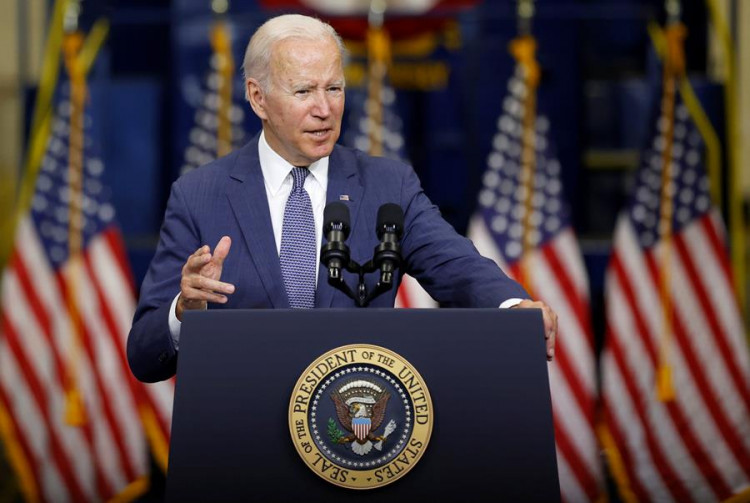President Joe Biden's restrained response to OPEC+'s unexpected decision to reduce oil production earlier this month contrasts sharply with his warnings of "consequences" for Saudi Arabia when the oil cartel lowered output last October. This change in tone partly reflects the administration's belief that the production cut may not significantly impact the US and global economy, as it did during last year's cuts when oil supplies were limited.
In 2022, the swift COVID-19 recovery led to supply chain disruptions amid surging demand, causing inflation to reach 40-year highs. However, this year has seen more stable gasoline prices, US oil production nearing record highs, and a cooling job market accompanied by a slowdown in inflation. Consequently, the White House has reduced its GDP growth estimates for 2023 to 0.4% in March, down from 1.8% in August.
Nonetheless, OPEC+'s move could hinder Biden's attempts to control persistent inflation and lower domestic gasoline prices, particularly given the recent US banking crisis and the added uncertainty it brings to global and domestic forecasts. Following the production cut announcement, Goldman Sachs Group's commodity analysts raised their year-end price target for Brent crude, the global benchmark, by $5 to $95 per barrel. Should it reach $100, analysts estimate gasoline prices could rise by another 50 cents per gallon, pushing pump prices above the critical $4 mark.
Higher energy costs have been a significant contributor to inflation, leading the US Federal Reserve to implement a series of rate hikes and raising concerns about a potential recession. Victor Ponsford of Rystad Energy commented, "The anticipated increase in oil prices for the rest of the year as a result of these voluntary cuts could fuel global inflation, prompting a more hawkish stance on interest rate hikes from central banks across the world."
Biden has limited options to tackle high prices this summer, especially after withdrawing 180 million barrels from the nation's strategic reserves, reducing inventory to levels unseen since 1984. Talks with refiners about expanding capacity or restricting fuel exports have waned since last summer, according to oil executives.
As the summer driving season approaches, warning signs indicate potential price increases. US gasoline inventories, which may indicate future market conditions, are lower than last year, partly due to delayed refinery maintenance. Current federal data shows total US gasoline inventories at 222.57 million barrels, approximately 7% lower than the same period last year.
Lindsay Owens, executive director of Groundwork Collaborative, a liberal nonprofit focusing on economic issues, stated that oil companies have the means, motive, and opportunity to raise prices in response to OPEC+'s output cut, similar to last summer following Russia's invasion of Ukraine.






